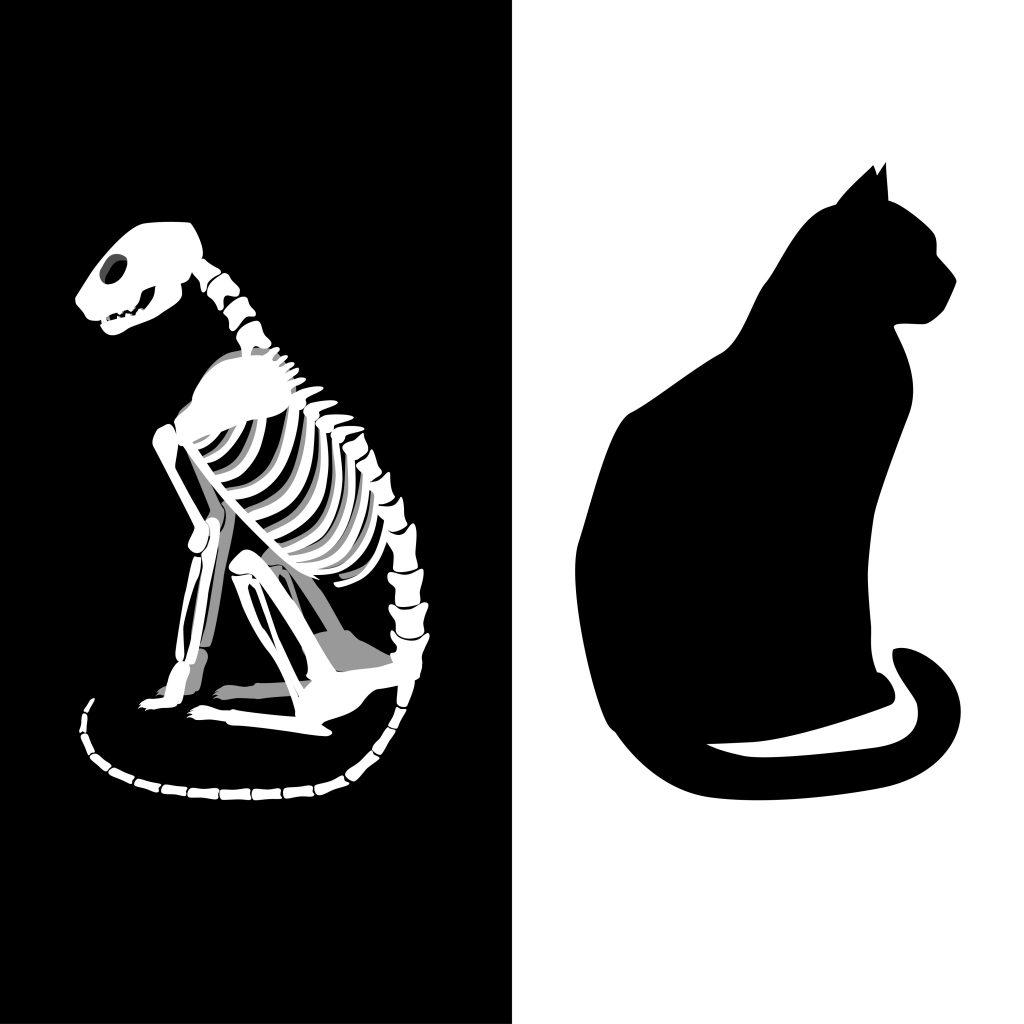In 2009, I wrote a play called Your Ex-Lover Is Dead. The title was taken from a song by the Canadian band Stars. It depicted a crazy alternate reality with six-foot-tall talking animals that behaved variously like animals, humans, or a mix of both—and many of whom were involved in an elaborate crime syndicate.
The play included three of the characters that today are central to the Empire Universe: Sarah Taylor, the so-called “Empire Rabbit”, and Eleanor of Aquitaine.
As a piece of theater, the play was a nightmare. Elaborate stagings, far-flung locales, a large cast with character in complex costumes. The realities of non-profit and even commercial theater made the play a long-shot for production. And I spent several years trying to promote interest in the play before these financial realities ultimately doomed the piece.
But the characters kept calling to me, kept haunting me. They continued to play with me and I with them. They would come to me in dreams, in the shower, on the bus, and on long drives. They wouldn’t leave me alone.
Then, one week, on a business trip to San Francisco, I was surfing my hotel television before going to bed one night when I happened upon a documentary about Mark Oliver Everett of The Eels and his father: an obscure physicist named Hugh Everett. The documentary Parallel Worlds, Parallel Lives told the story of the adult Mark Everett embarking on a quest to learn about his father. Hugh committed suicide when Mark was a teenager, and the younger Everett didn’t really know anything about his father or the work that he did as a physicist.
Watching the documentary, I re-discovered an idea that I had known from science fiction (Fringe, for example) but which I hadn’t really engaged with much personally. The idea was that of a parallel universe.
The documentary explores the foundations of the concept. It also interviews prominent physicists that discuss how a theory that was once derided as preposterous has, in fact, become a more and more realistic depiction of how reality might work. In short, infinite parallel universes could be a real phenomenon.
Hugh Everett as a bright young physicist studying at Princeton began probing into the micro aspects of the universe and was drawn to a thought experiment that has plagued physicists: Schrodinger’s Cat.

This thought experiment was designed to illustrate the crazy nature of some of the issues in quantum mechanics and to demonstrate through a simple idea, why the reality that scientists were starting to uncover could not possibly be the truth. Based on the random decay of a radioactive particle, a Geiger counter might be triggered or not—leading to the release of a poison gas that would kill the cat (or not).
The cat could not truly be alive and dead in the same universe. To resolve this problem and solve the thought experiment, Hugh Everett proposed a radical solution: each possibility created a new universe. Reality branched to create two separate universes: one in which the cat is dead and one in which it is alive.
The extension of this theory beyond the thought experiment and application to the universe has extraordinary ramifications that defy easy comprehension. Essentially, it means that anything that could ever happen has happened in an infinite number of universes that reflect an infinite number of possibilities.
At the time that Hugh Everett was developing this theory, he was essentially laughed out of the profession of theoretical physics. The masters of the field thought it was nuts. The dismissal of Everett’s theory made it impossible for him to find a position in the field that he loved, working on the problems that he wanted to help solve.
As a last resort, he took a job at the Defense Department modeling nuclear wars and radioactive fallout.
Interestingly, the models he created helped convince the DOD that any nuclear war, even a small one between rival smaller states (like India and Pakistan, for example), would create enough soot that it would block the sun for more than five years—destroying almost all life on Earth. It led to the Pentagon seeking reductions in nuclear armaments: reversing their previous plans.
But Hugh Everett also struggled all his life with depression—and the heartbreak of not being able to pursue his research caused him to take his own life when his son, Mark, was just a teenager.
Elements of Hugh’s theories, and of his own life, have permeated many aspects of the Empire Universe.
Two of the most prominent characters, Toshe Marinos and Jasper Taylor, both studied physics at Wimahl University under the tutelage of Hugh Everett. And Marinos and Taylor’s discoveries form the backbone of much of the intrigue in the 21st Century Empire Universe.
Like Hugh Everett, Jasper Taylor is also known to have suffered from depression and is suspected to have taken his own life.